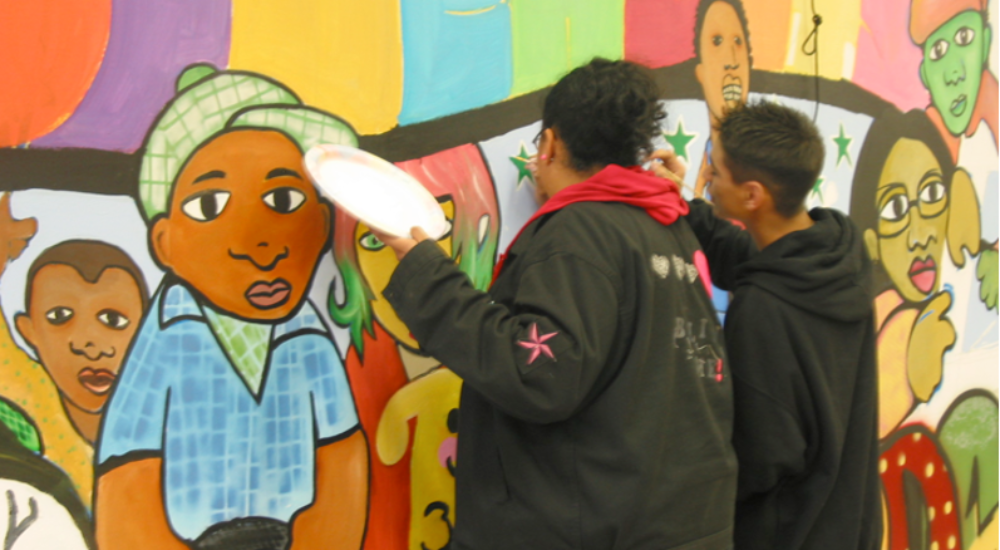Research tells us that if we hope to make a difference in young people’s learning, we need to provide opportunities for learning that is meaningful. This is especially important as youth return to afterschool programs after a year of isolation.
If young people are engaged in meaningful participation, they are empowered to be self-directed, make responsible choices about how to use their time, and participate as group members in making decisions that influence the larger program and what they learn about.
Four things you can do right now to promote meaningful participation:
1. Leadership: Learning is more meaningful when young people have opportunities to act as leaders in the learning activities. This includes eliciting the prior knowledge that youth already have and building in opportunities for youth to act as leaders in other ways – passing out materials, leading activities, etc.
2. Youth as helpers: Young people can be trained to effectively assist peers during homework time and during other activities. Try to give every child or young person an opportunity to help another, so that some aren’t always in the helper position and others always in the position of being helped. Newcomers to the program can be assigned buddies to show them around the room, explain ground rules, and help them learn the routine. You can also teach a skill to a small group, and then “deputize” them to teach others. Older youth are also excellent helpers for younger children, and the helper role often brings out the best in them. Duties can include serving as “reading buddies,” homework helpers, escorts, or making informational presentations to the younger groups. Providing service to the larger community is also an excellent way for young people to apply their planning and leadership skills, while experiencing how their efforts impact others. (For additional ideas, check out the Youth Development Guide 2.0.)

3. Use portfolios to help participants reflect on their progress and accomplishments: If your participants have consistent enrollment over time or if participants engage in long-term projects where they increase their skills on- going, consider how you might collect their work over time. You can create a portfolio or personal file with your young participants to serve as an on-going record of their work. After several months or at the end of a project sit down with them to review their record of accomplishments. What do they think about it? What does their portfolio reflect back to them? What kinds of records can be stored? For younger children, it might be a portfolio of self-portraits that were done monthly, or simply their own file they use over time to store things they have done that they are proud of. For older youth who might be developing a set of skills over time, say in the arts or technology, communicate your project learning goals and ask them to develop personal learning goals, if appropriate. Assist them in assessing which goals they have met over time.
4. Plan a project that will benefit the community: Clean up or plant trees or flowers at a local park, speak out at a public forum on a youth or community issue, visit elders at the senior center, serve snacks at a neighborhood fair, design and paint a mural… the possibilities are endless! Try to match projects to the interests of the young people and look for existing programs that can help you prepare young people for a meaningful experience.
Author: Sam Piha, Temescal Associates
For breakfast, I had oatmeal and breakfast sausage.
